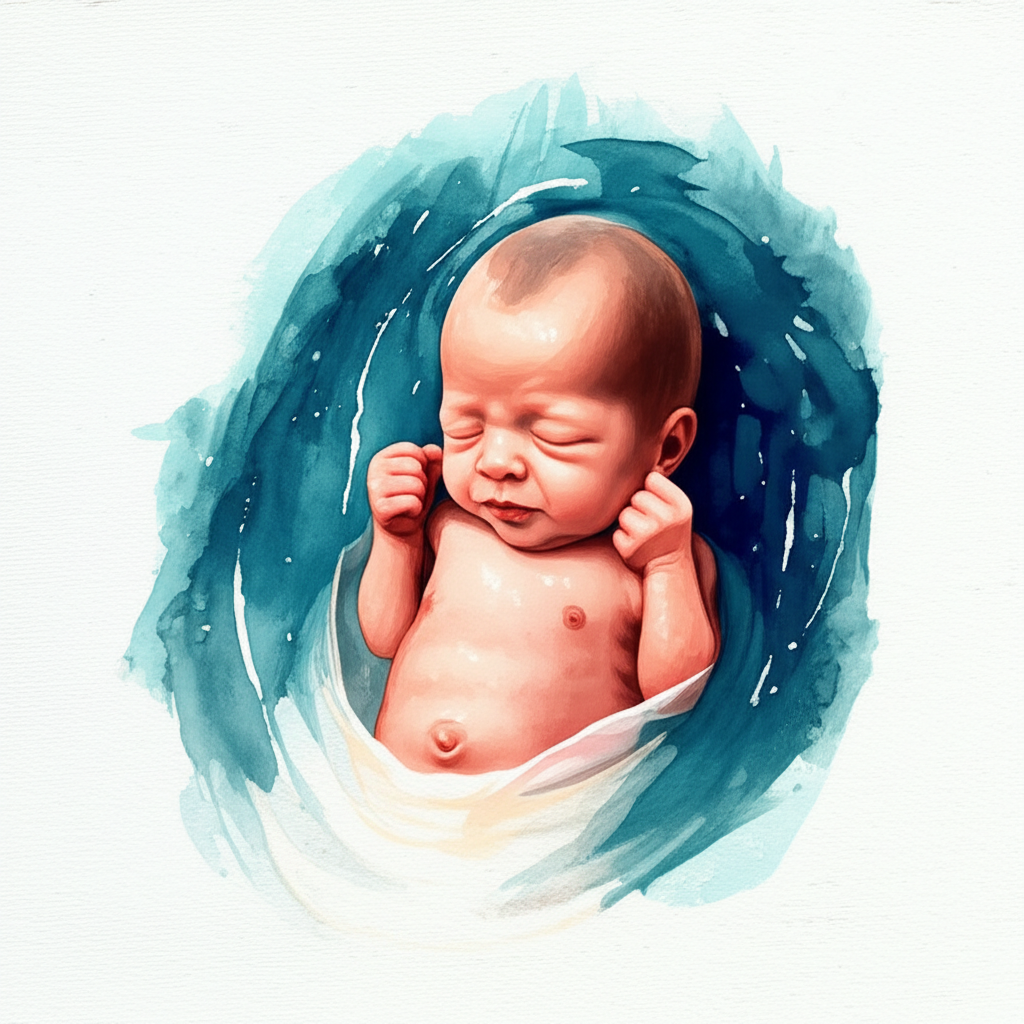
The belief that a newborn’s caul provides protection against drowning is a long-standing superstition steeped in history and folklore. The caul, a fragment of the amniotic sac, which occasionally covers a baby’s head and face at birth, was once considered a powerful talisman, particularly prized by sailors and their families.
Historically, the caul, a thin membrane from the amniotic sac, appears in a small percentage of births, enveloping the baby’s head and sometimes the entire body upon delivery. The amniotic sac contains fluid that nourishes and protects the fetus during gestation. The superstition’s origin seems connected to the observation that newborns typically take their first breath only after being freed from the caul, giving the impression they are protected from drowning within the amniotic fluid. While modern science understands that newborns possess instinctive reflexes that close the windpipe and seal the lungs when submerged, medieval understanding attributed this protection to the caul itself.
Culturally, the caul held significant value. It was regarded as a powerful good-luck charm for the child born with it. Often preserved in a glass container or mounted and framed, the caul was seen as an emblem of protection. The superstition was particularly prevalent among seafaring communities, where the caul was a prized talisman for sailors, believed to safeguard them from drowning at sea. The earliest evidence can be traced back to 1500, in a verse by ‘Piers of Fulham’ documented by William Carew Hazlitt in Remains of Early English Poetry (1866), which explicitly states that the caul ‘Is right a perfyte medicyne,/ Both on freshe water and on see,/ That folke shall not drowned be.’
The superstition’s evolution reflects changing societal views and economic factors. Because of the protective powers ascribed to it, parents often sold the cauls of their children to those who believed they would benefit from the charm’s powers. Charles Dickens, in David Copperfield, captured this practice, offering a glimpse into early Victorian attitudes towards the superstition. In the novel’s opening chapter, the narrator recounts being born with a caul that was advertised for sale. The anecdote reveals that while the belief in the caul’s protective properties was widespread, practical considerations and skepticism also played a role in its valuation.
In modern interpretations, the literal belief in the caul’s power to prevent drowning has largely diminished. However, the symbolic association of the caul with protection, good fortune, and even a connection to the spiritual realm persists in some communities. While no longer sold as insurance against drowning, the caul serves as a reminder of historical superstitions and a testament to the human desire for security in the face of life’s uncertainties.